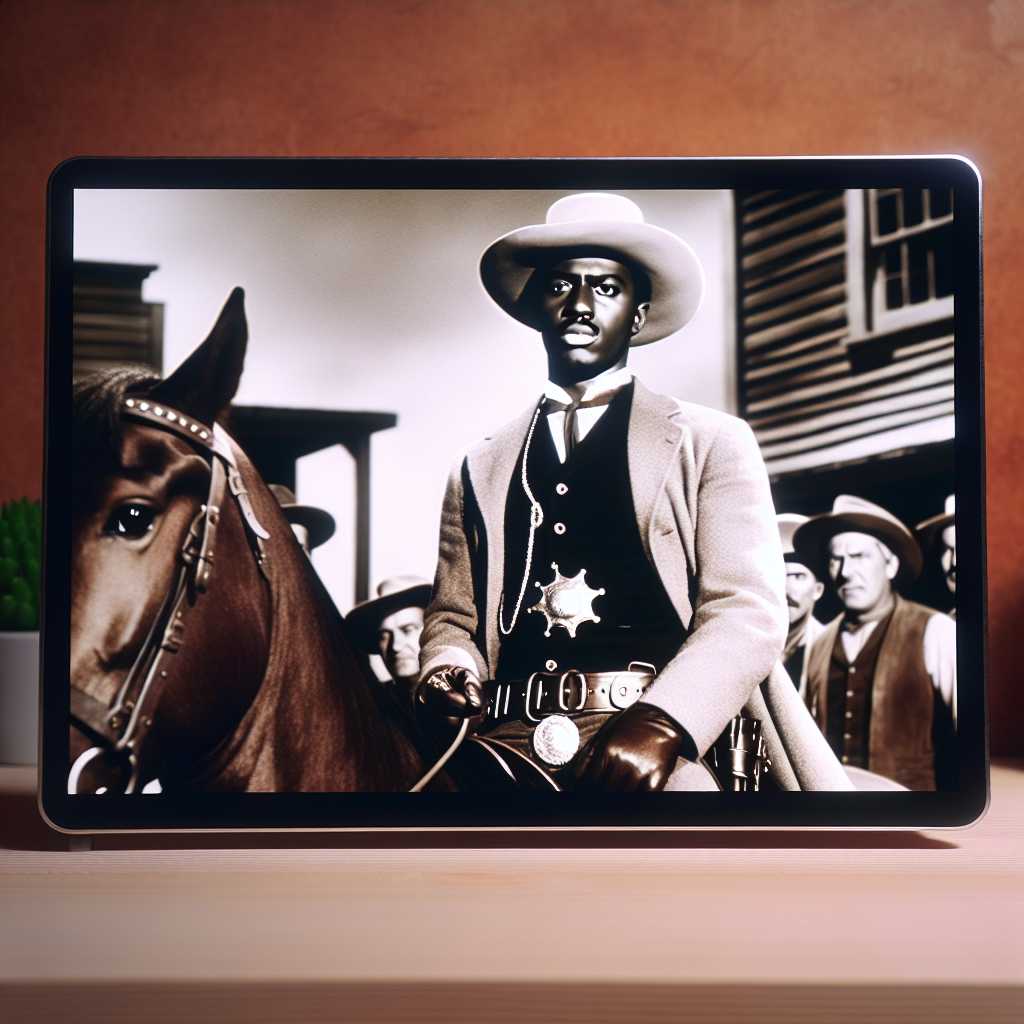Exploring the Enduring Legacy of Blazing Saddles
Blazing Saddles is a landmark American satirical Western comedy film that has left an indelible mark on the genre and American film history. Directed by Mel Brooks and released in 1974, the movie broke the conventional mold of its time with audacious humor and social commentary that is as relevant today as it was nearly half a century ago.
The Inception and Creation Process of Blazing Saddles
Conceived by Mel Brooks, a titan of comedy with a penchant for challenging societal norms, Blazing Saddles came to life at a time when the civil rights movement had recently made significant strides in the United States. The screenplay, written by Brooks along with several collaborators including Richard Pryor, took jabs at issues that most movies of that era shied away from, most notably racism.
The casting of Cleavon Little as the charismatic and astute protagonist Sheriff Bart was both groundbreaking and central to the movie’s themes. Alongside him, co-star Gene Wilder portrayed the deuteragonist Jim, also known as “The Waco Kid.” The on-screen chemistry between these two characters, one Black and one white, forming an alliance against prejudice and ignorance in a bigoted town, was revolutionary for its time.
The movie utilized satire and blatant parody, which allowed it to expose societal bigotries in a manner that was broadly palatable to an audience that may not have been receptive to overtly critical approaches. The audacity to combine slapstick humor with sharp societal criticism defined Blazing Saddles as a rarity in cinematic history.
The Cultural Impact of Blazing Saddles
Blazing Saddles did not just push boundaries—it leaped over them. It brazenly addressed issues ranging from race to sex, drawing laughs out of situations that highlight the absurdity of bigotry. The film’s legacy lies in its unapologetic approach to these subjects; it practically invented its unique brand of comedic confrontation.
For future filmmakers and comedians, Blazing Saddles served as both inspiration and a benchmark for what comedy could convey concerning societal issues. One of the reasons for the enduring relevance of Blazing Saddles is its unwillingness to sugarcoat prejudice for the sake of comfort—a convention it rips apart with sharp-witted exuberance.
The film also innovated in breaking the fourth wall—a narrative technique where the characters acknowledge their fictionality by directly speaking to or otherwise engaging with the audience. One notable instance occurs near the conclusion of the film in an outrageous cinematic ballet that spills beyond the confines of its own story.
Controversies and Challenges
However, Blazing Saddles’ envelope-pushing humor was not without controversy, both at the time of release and in contemporary discussions. Certain language and depictions in the film ignited discussions about tastefulness and acceptability even as they skewered racist attitudes. The film is rated R, which reflects some of its more provocative content.
Modern audiences sometimes struggle with Blazing Saddles on different levels—some argue that certain slurs should never be used for comedic effect, while others see these elements as integral to Brooks’ satirical methods. Staying neutral amid these controversies can be challenging for pundits and critics alike.
Blazing Saddles in the Context of Modern Comedy
When looking at where Blazing Saddles stands amid modern comedies, it’s clear how trailblazing it was—and remains. Despite changing social standards about what constitutes appropriate material for humor, comedic mediums continue drawing from Brooks’ playbook regarding social satire and breaking taboos.
With more recent discussions stirring about culturally insensitive content, streaming platforms showcasing the film include disclaimers or context about the depicted ideologies at odds with modern sentiments. This facilitates conversations around satire’s role in shaping more inclusive societal narratives within entertainment.
